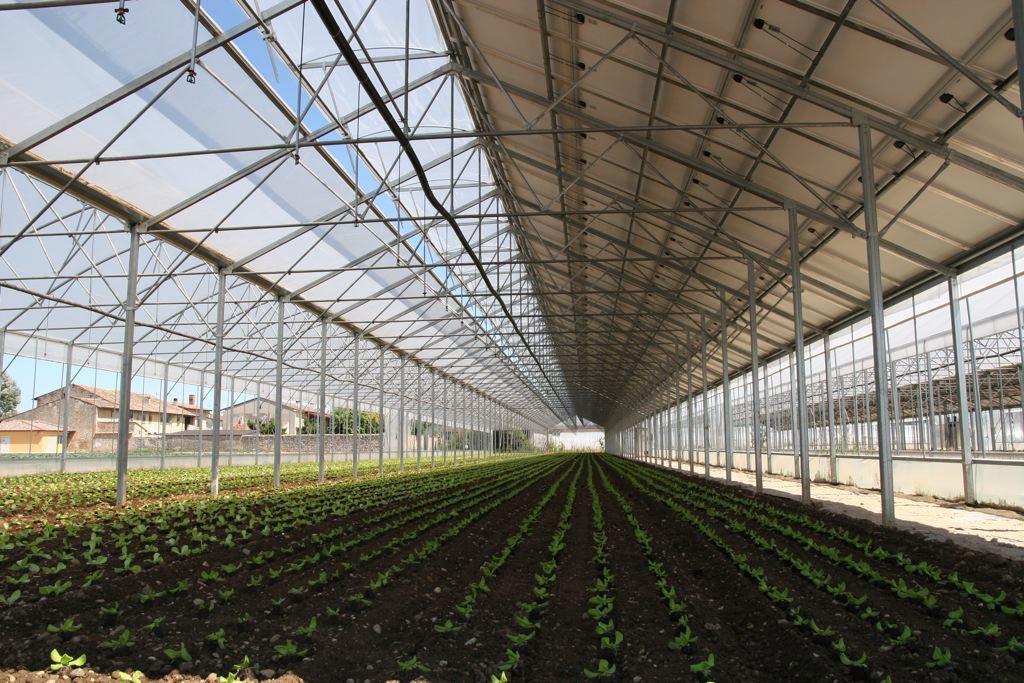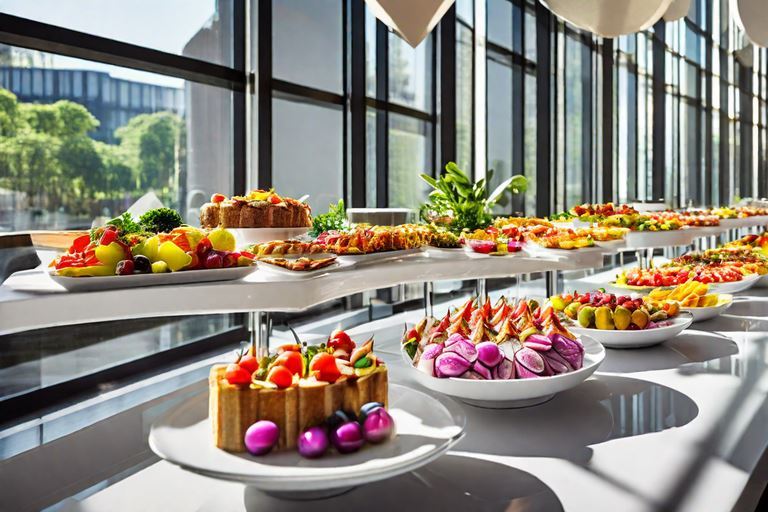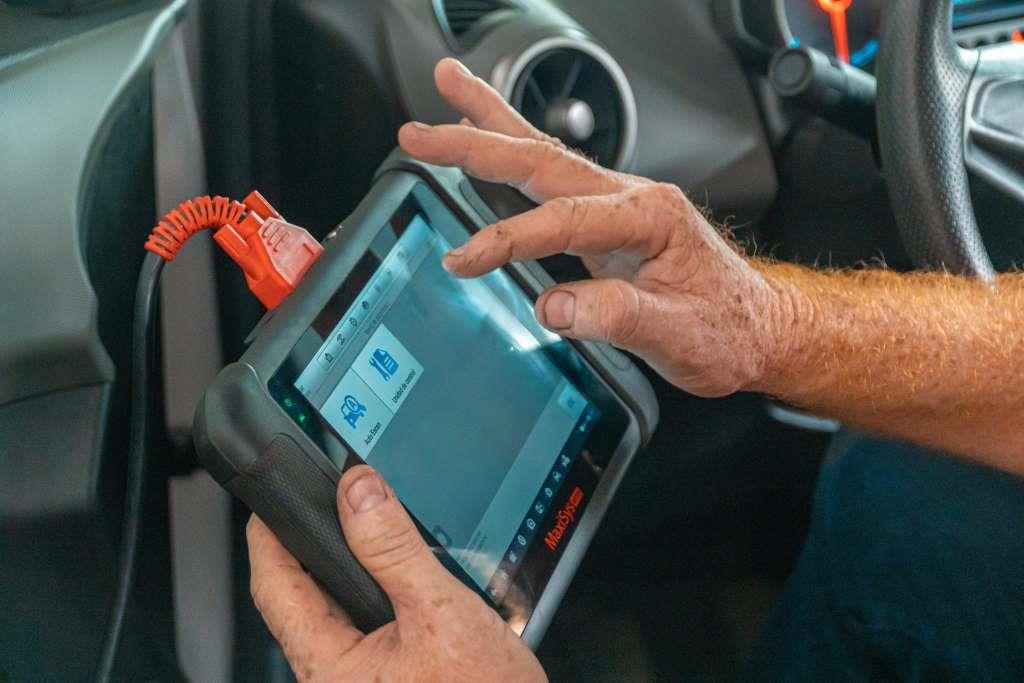
In an era in which world hunger and surplus food production seem to coexist peacefully, organic products can come across as a caprice or a sensible diet with equal right. And while doubting Thomases continue to shake their heads claiming there’s no such thing as all-natural these days, nutritionists and medical experts are unanimous in their view: not only is organic food better for the environment, it’s also nutrient-denser, tastier, and safer than its non-organic counterpart. A dietary deal free of chemical-laced pesticides, fertilizers, and other chemical shizz, the fruit and veggies of eco-safe agriculture may yet turn out to be the future of human nutrition – and the latest agribusiness developments seem to back such a scenario. With new solar panel-bedecked greenhouses growing more popular by the day, the future of farming, environmental protection, and human health is painted in bright green shades.
From Green to Super-Green
The traditional greenhouse has been around since Roman times. For centuries, greenhouses have been helping mankind bring extra food ratios to the table outside the growing season with less pesticide and water use. Still, standard hothouses don’t come free of downsides: the costs of greenhouse installation and operation combined with the costs of running an organic farm can be a hitch enough to put for an average farmer off the endeavor. Fortunately, that might yet change now that UC Santa Cruz experts have come up with a solution that allows farmers to dial up crop production and revenues without added power waste.
Using solar panels designed by Soliculture, farms will now be able to dress up their greenhouses in a super-smart, super-green coat – and by a single hothouse upgrade no less. But what’s so super about the newly-developed solar panels?
“To put it simply, Soliculture panels allow more power, more produce, more profits,” Soliculture CEO and UC Santa Cruz adjunct physics professor Glenn Alers says.
A Greener Greenhouse Deal
A classic solar panel is dark and reflective, as such surface allows maximum light absorption and minimal in-transfer energy waste. Soliculture panels, however, are translucent and rock a bright magenta guise – and the striking design seems to work like a charm. The innovative panel design was inspired by the concept of luminescent solar concentrators which rely on fluorescent dye to boost the light absorption efficiency of conventional solar panels.
“The concentrator dye absorbs the sunlight and then re-emits it as lower energy photons. This means you can use a lot fewer solar panels, because the absorber is doing the work,” says Sue Carter, physics professor and Thin-Film Optoelectronics Laboratory founder.
Still, increased light absorption wasn’t the only perk Carter and her team stumbled across when they ventured to put the new panel to test. Along with improved absorption efficacy, the pinkish light emitted by the new solar panels is precisely the type of light plants use for photosynthesis and growth. The takeaway? By installing new panels to existing greenhouses, organic farmers can scoop up profits from electricity sale and produce more organic crop at the same time. Now that’s what you call a smarter way to do green farming work!
A Double-Edged Solar Blade
Right now, cost is the main roadblock standing in the way of a mass switch to solar panel-coated greenhouses. The price of the solar panels developed by professor Carter and her team is still up in the steep lane, and panel installation and greenhouse operation (i.e. cooling, heating, and lighting) are also quite costly. The good news is the heavy upfront investment can be returned within a few years through power savings and sale of electricity generated by means of the new panels. Carter and her associates are working on a zero-net greenhouse model, and the project is already raising eyebrows among Canadian and U.S. farmers looking to get the biggest bang for their green buck.
For a cool bonus, U.S. farmers will be able to get the new solar panels at a special discount since solar greenhouses qualify for federal tax incentives as products that promote solar technology. Carter expects solar greenhouses to go pop in sunny California, where organic food market has been recording whooping growth over the past few years. “California is one of the biggest users of greenhouses in the country – if not the biggest, and it will only get bigger,” Carter stated.
And as for farmers in hot regions, they too can let their hair down. The new panels will produce power required to keep swamp coolers running while at the same time providing improved greenhouse temperature control and minimizing the need for blinds due to smart color shading.
A Green and Budding Trend
Soliculture isn’t alone in its solar greenhouse endeavors. Other brands, too, are ready to board the sun-powered boat, and one of them is Tule Technologies, a brand looking to help Californian farmers adapt to drought and low rainfall conditions without risking crop volume losses. The list of startups doing business in the green domain will only keep growing; and the new panel design may be the tipping point that will help awaken a green Hydra. Once that happens, there’s no knowing how far green the world will be able to go.
Even if you can’t afford a stack of Soliculture panels to upgrade your organic greenhouse, there are other smart solar options out there you can try. You don’t have to line your greenhouse with solar cells from end to end: simply pick a few of the best solar panels on the market and have them fitted atop your hothouse, and you can hit two eco-friendly pods by a single green blow. If you want to walk a green mile further, you can pair the solar deal with a rainwater harvesting unit and cut H2O waste for bonus eco points.
With solar greenhouses as a viable source of organic produce, the global food industry’s future is both safe and bright. It may take a few years for farmers around the world to press the green switch, but it seems we’re doing a great job feeling our way through the dark towards the eco-friendly light. Still using conventional farming methods? Good luck with that.
Stacey Cooper
Latest posts by Stacey Cooper (see all)
- 5 Useful Roof Remodeling Tips - May 11, 2017
- Tips for Increasing Your Home’s Value - March 30, 2017
- 10 Timeless Tips for Giving Effective Presentations - March 8, 2017









![How to Deal with a Power Failure [Infographic] Thumb](https://thelocalbrand.com/wp-content/uploads/2016/03/How-to-Deal-with-a-Power-Failure-Infographic-Thumb-150x150.jpg)




